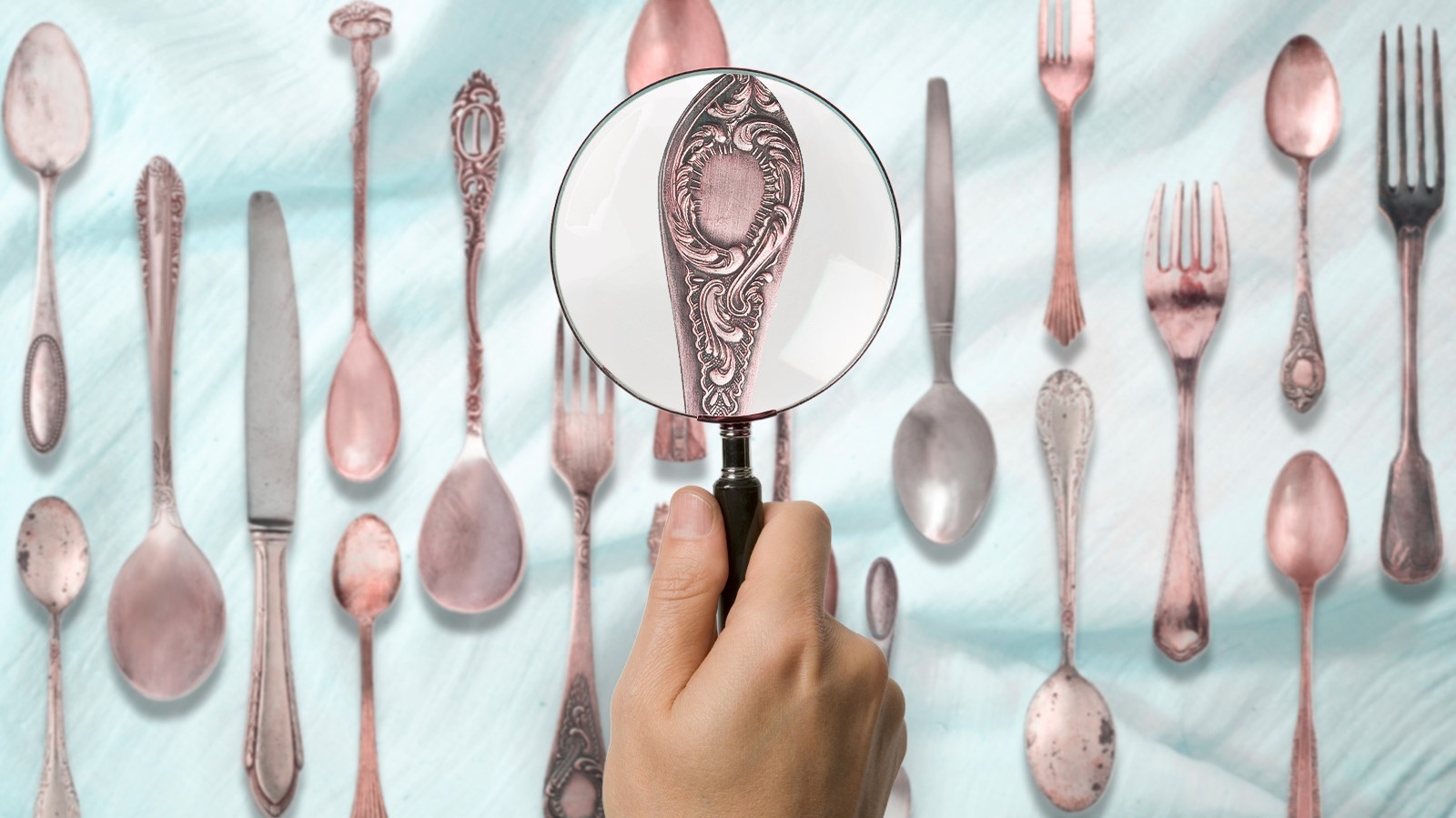
"Understanding the difference between sterling silver and silver-plated items is crucial when assessing potential value. Genuine sterling silver is composed of 92.5% silver, which affects its worth significantly."
"To test silverware effectively at home, one method involves using a magnet. Genuine silver is not magnetic, so if the item does not attract a magnet, it might be sterling silver."
"Hidden treasures often lie within kitchens, where vintage silverware can be found among everyday utensils. Many homebodies may not realize the potential value of these items."
"Recognizing hallmarks on silverware is essential for determining authenticity and value. Various tests, including examining the item for stamps and using magnetism, can reveal the true nature of silverware."
Many homebodies view the kitchen as a comforting space, filled with potential treasures, particularly vintage silverware. This silverware may hold significant value, especially if it is sterling silver, which contains 92.5% silver. Recognizing the difference between sterling silver and silver-plated items is essential to avoid overestimating worth. Testing methods such as checking for magnetism can help determine authenticity. If the silverware is not attracted to a magnet, it may be genuine sterling silver. Hallmarks also serve as indicators of value and authenticity, revealing potential hidden fortunes in everyday kitchen items.
Read at Tasting Table
Unable to calculate read time
Collection
[
|
...
]